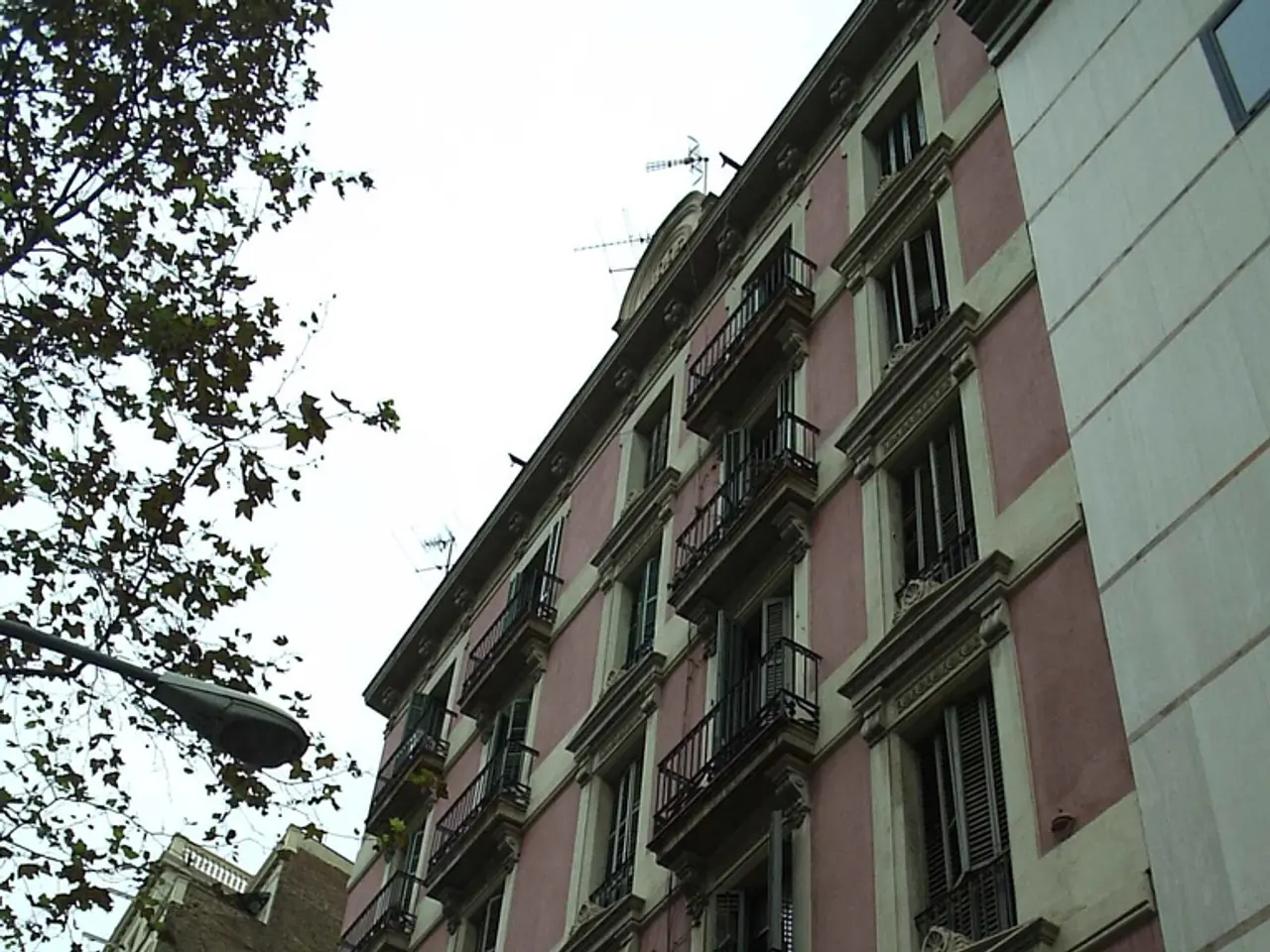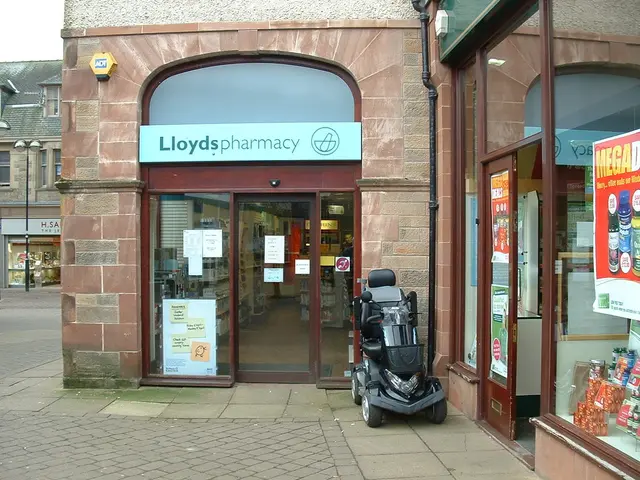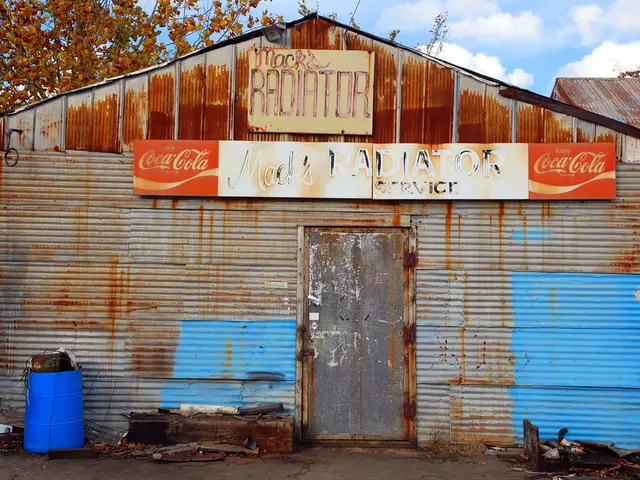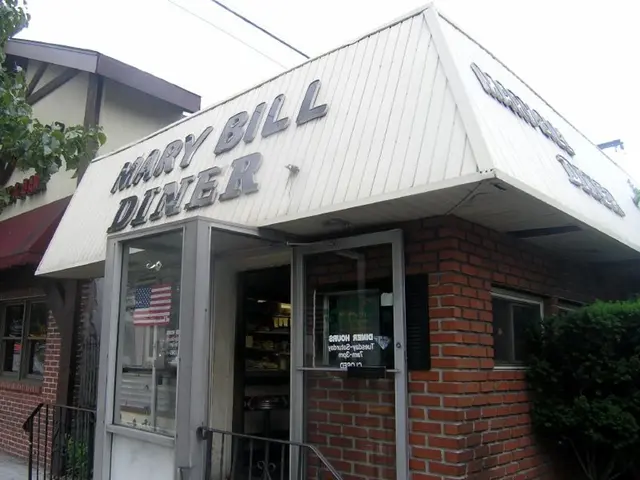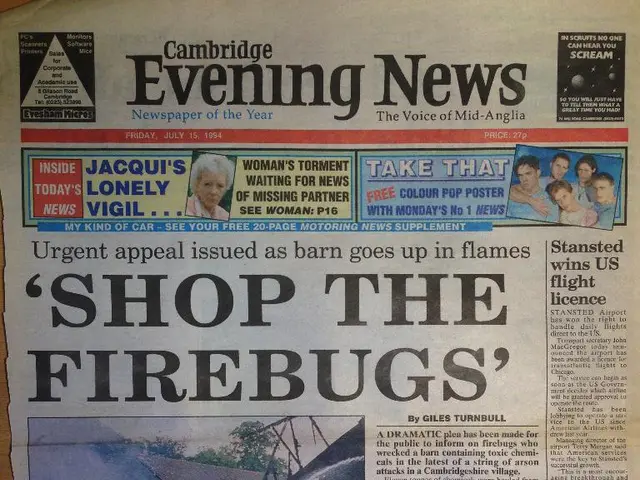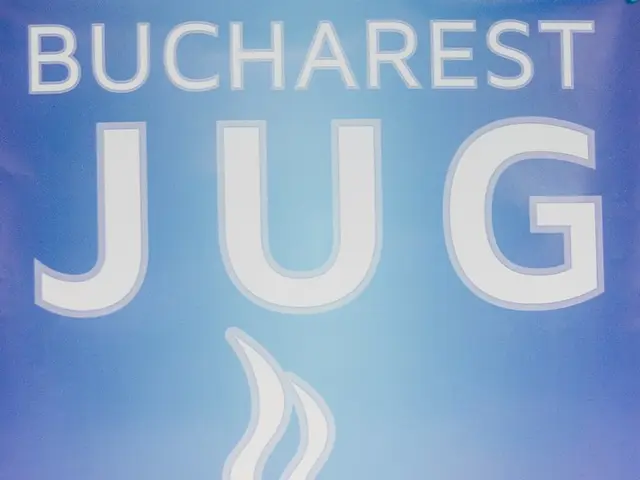Global Adoption of Vegetation-Topped Rooftops Spreads Acrosscontinents
San Francisco has joined a growing list of cities worldwide that are embracing green roofs, as the city's Board of Supervisors has passed a new law requiring certain new buildings to incorporate these eco-friendly features.
Jeff Joslin, a director at San Francisco's Planning Department, led the work of the Green Roof Task Force, an instrumental body in the creation of the city's green roof legislation. The task force, initiated by the San Francisco Bay Area Planning and Urban Research Association in 2013, has been instrumental in developing a map of green roofs in San Francisco, creating a roadmap for policy, producing a cost-benefit analysis, and an implementation manual for green roofs in the region's climate.
The new law, which goes into effect in January, will require between 15 to 30 percent of roof space on most new construction projects. This requirement is designed to reduce stormwater runoff, improve air quality, and help mitigate the urban heat island effect. Green roofs can also reduce the need for heating and cooling for building tenants and owners, making them a cost-effective solution for both the environment and building owners.
Green roofs are not just environmentally friendly, but they can also provide food and recreational areas for residents. The law allows for solar panels or a solar heating system to be used instead of or in addition to green roofs. Combining solar panels and green roofs can make each component work better, with solar panels providing shade for plants and green roofs helping to cool down solar panels.
According to Jeff Joslin, San Francisco was lagging behind other major cities in green roof adoption. However, the city is now catching up, with Washington D.C. having a de facto requirement for large buildings to have green roofs through its stormwater regulations, and New York City offering tax abatements for buildings with green roofs. Germany is estimated to have installed 10 million square meters of green roofs this year, while the United States installed only 7 to 8 million square meters.
The EPA estimates green roofs start at about $10 per square foot for simple projects, making them cheaper to install than solar panels. Valuable green building certifications, such as LEED, award points for green roofs, leading to their increased adoption across the country. Green roof legislation is being passed around the world, with cities like Cordoba (Argentina), France, Toronto, and Germany implementing similar laws.
Approximately 25 North American cities support green roofs to some extent, including larger cities and medium and smaller communities like Syracuse and Port Coquitlam in British Columbia. As more cities embrace the benefits of green roofs, it is likely that we will see a continued increase in their adoption across the United States and beyond.
